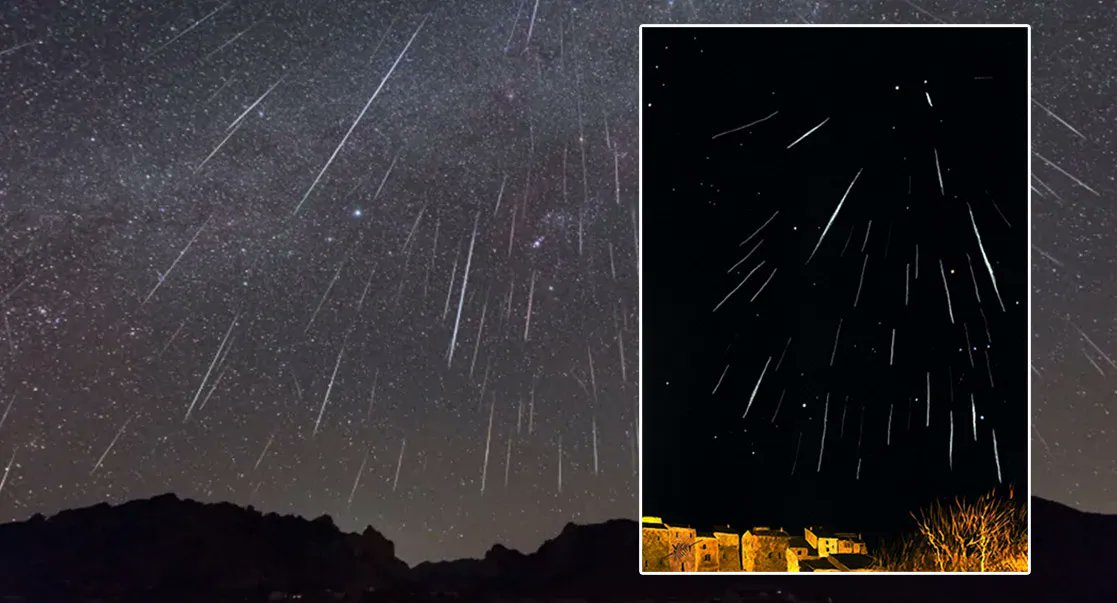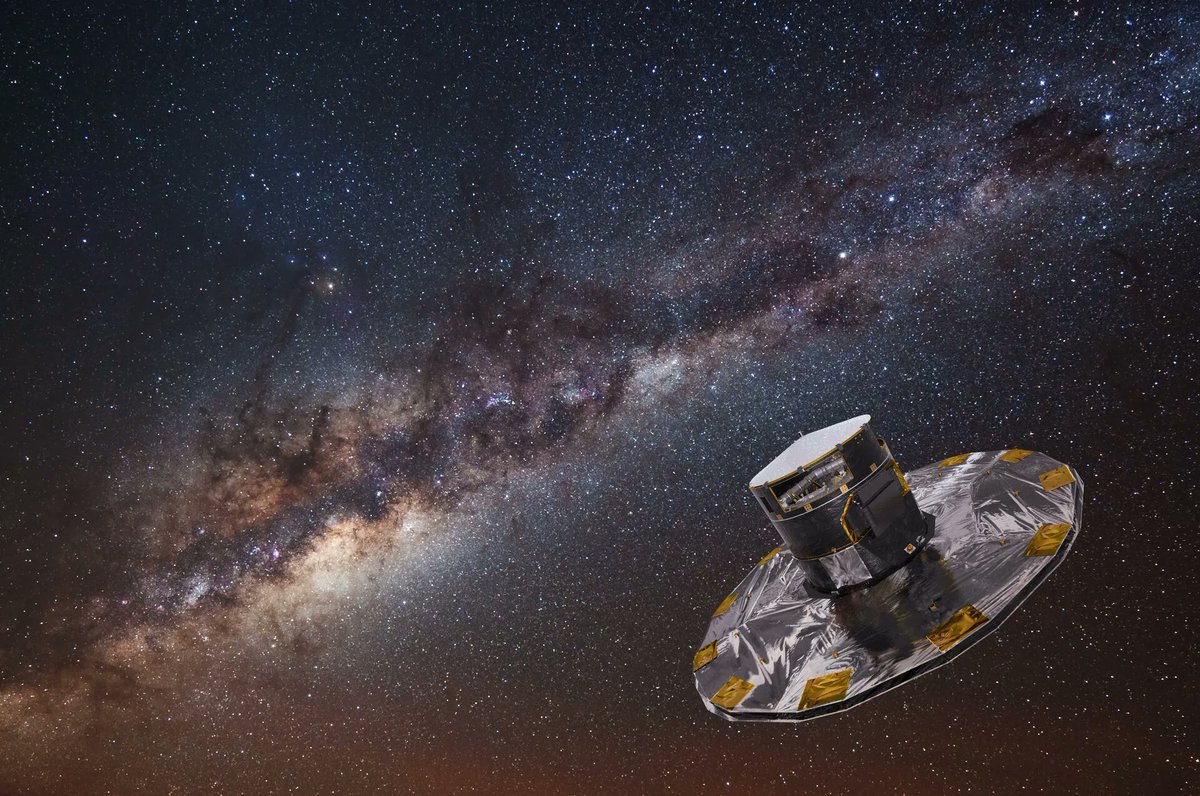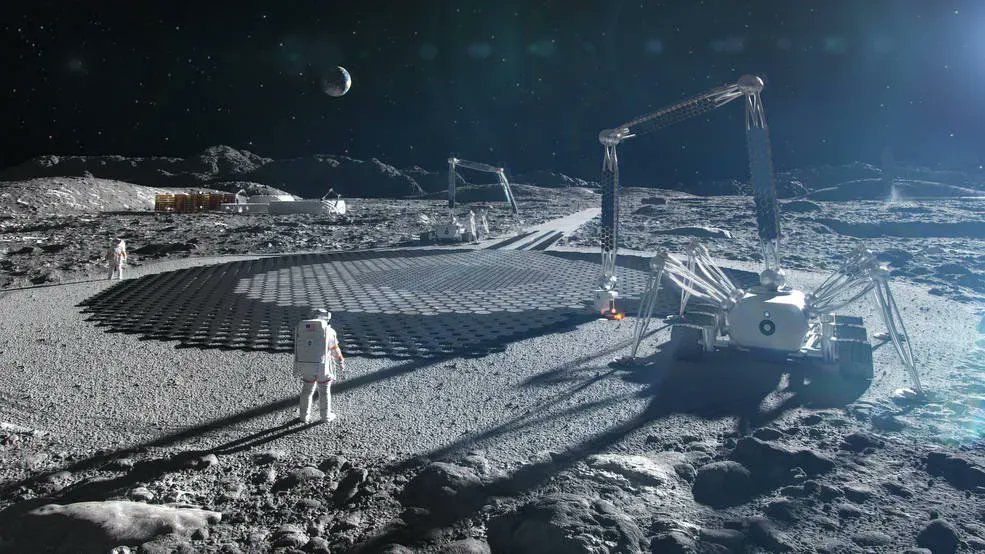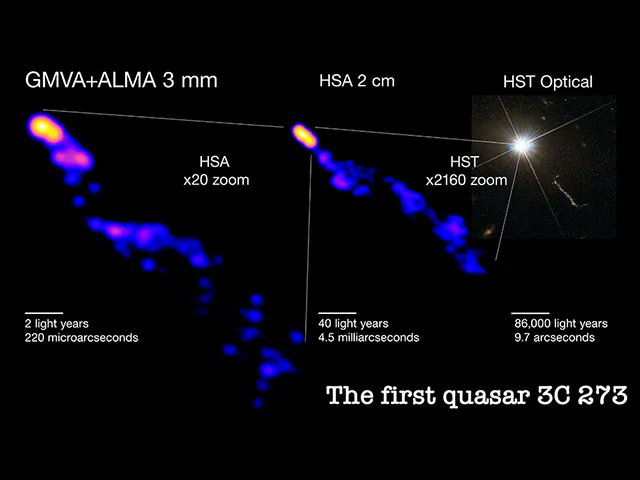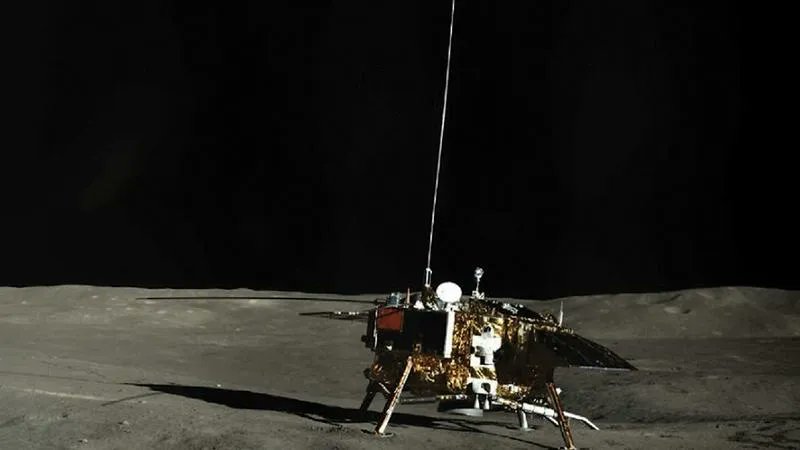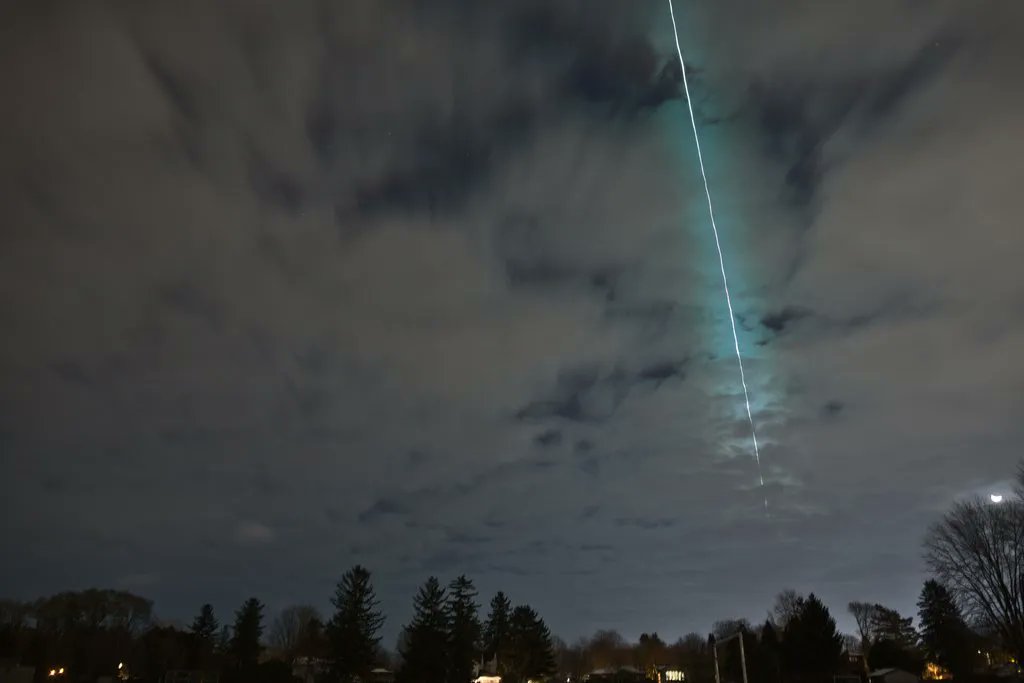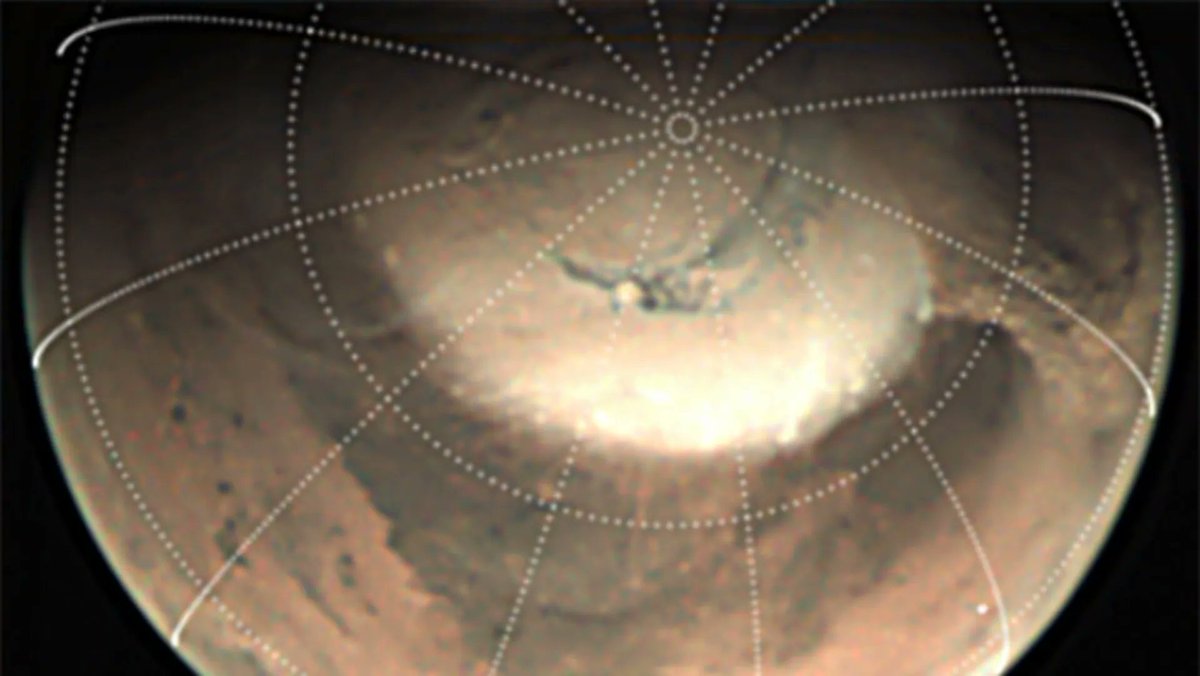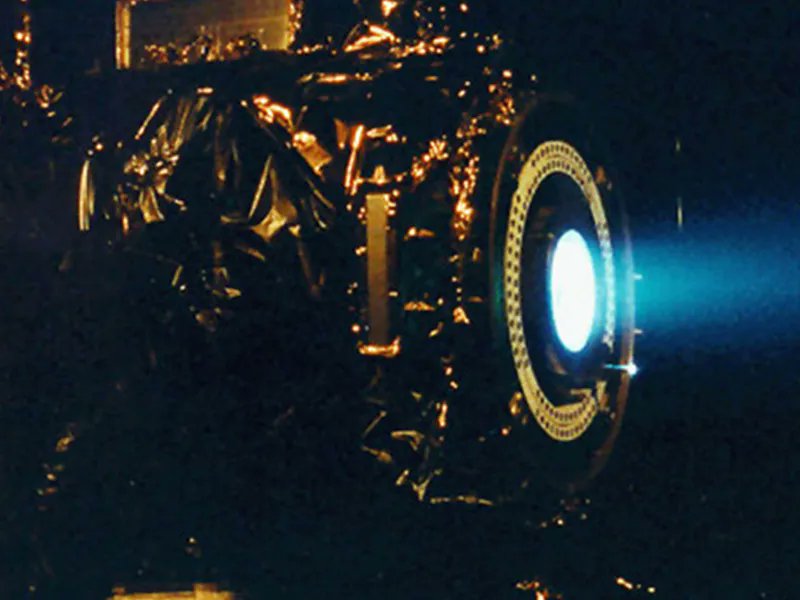Meteor showers are a great way to share a love of astronomy with those who might not be as familiar with it. Almost everyone loves watching streaks of light flash across the sky, but usually, it’s so intermittent that it can be frustrating to watch. That’s not the case for the next few weeks, though, as the annual Geminid meteor shower is underway until December 24th.
Continue reading “The Geminids Will be Peaking on December 14th. They’re Usually the Most Active Meteor Shower Every Year”Not Just Stars. Gaia Mapped a Diverse and Shifting Universe of Variable Objects
We’ve reported on Gaia’s incredible data-collection abilities in the past. Recently, it released DR3, its latest data set, with over 1.8 billion objects in it. That’s a lot of data to sift through, and one of the most effective ways to do so is through machine learning. A group of researchers did just that by using a supervised learning algorithm to classify a particular type of object found in the data set. The result is one of the world’s most comprehensive catalogs of the type of astronomical object known as variables.
Continue reading “Not Just Stars. Gaia Mapped a Diverse and Shifting Universe of Variable Objects”Maybe we don’t see Aliens Because They’re Waiting to Hear a Signal From us First
We’ve had a long-running series here at UT on potential solutions Fermi Paradox – why aren’t we able to detect any alien life out there in the Universe? But more possible solutions are being developed all the time. Now, another paper adds some additional theory to one of the more popular solutions – that aliens are just too busy to care about us.
Continue reading “Maybe we don’t see Aliens Because They’re Waiting to Hear a Signal From us First”NASA Wants to Build Landing Pads on the Moon
NASA has started engaging with commercial partners are some out-there projects. One of the most recent is a six year, $57.2 million deal with ICON, a company based in Austin, Texas that specializes in in-situ resource utilization 3D printing technologies.
Continue reading “NASA Wants to Build Landing Pads on the Moon”Sometimes Astronomy isn’t About What you see, but What you don’t see
Constraints are critical in any scientific enterprise. If a hypothesis predicts that there should be an observable phenomenon, and there isn’t any trace of it, that’s a pretty clear indication that the hypothesis is wrong. And even false hypotheses still move science forward. So it is with astronomy and, in particular, explorations of the early universe. A paper authored by researchers at Cambridge and colleagues now puts a particularly useful constraint on the development of early galaxies, which has been a hot topic in astronomy as of late.
Continue reading “Sometimes Astronomy isn’t About What you see, but What you don’t see”Quasars Produce Giant Jets That Focus Like Lasers. Why They Focus is Still a Mystery, but it’s not Coming From the Galaxy Itself
New technologies bring new astronomical insights, which is especially satisfying when they help answer debates that have been ongoing for decades. One of those debates is why exactly the plasma emitted from pulsars “collimates” or is brought together in a narrow beam. While it doesn’t provide a definitive answer to that question, a new paper from an international group of scientists points to a potential solution, but it will require even more advanced technologies.
Continue reading “Quasars Produce Giant Jets That Focus Like Lasers. Why They Focus is Still a Mystery, but it’s not Coming From the Galaxy Itself”What’s Next for China’s Lunar Exploration Plans?
China is starting to become a force in space exploration. Its main focal point of lunar exploration has started bearing fruit, with several successes, including a sample return mission and the first-ever craft to land on the far side. So what’s next for the Lunar Exploration Program? Establishing a research base may be on the cards, but the country doesn’t just plan to stop at the Moon – they are looking far beyond.
Continue reading “What’s Next for China’s Lunar Exploration Plans?”Astronomers Spotted a Tiny Asteroid A Few Hours Before it Impacted the Earth, and Predicted Exactly Where and When it Would Crash
Humanity is getting better a planetary defense. At least from external threats from outer space. As long as they’re just dumb rocks that follow the laws of physics. And a group of extraordinary humans proved it last week when the planetary defense community jumped into action to accurately track and predict exactly where a relatively small meteor would fall on November 19th.
Continue reading “Astronomers Spotted a Tiny Asteroid A Few Hours Before it Impacted the Earth, and Predicted Exactly Where and When it Would Crash”Many Clouds on Mars are Driven by Dust, not Water
One of the benefits of having a cluster of satellites orbiting another planet is that scientists can then analyze that planet’s weather. Sometimes in that process, they find patterns that are strikingly similar to those found on our home planet. That was the case recently when a group of scientists from ESA used data from Mars Express to analyze cloud formation on Mars. To no one’s surprise, dust seemed to be at the core of that formation. But the resultant clouds looked very much like those found here on Earth – in the tropics.
Continue reading “Many Clouds on Mars are Driven by Dust, not Water”Air-Breathing ion Engines can Continuously Boost Spacecraft Anywhere There’s an Atmosphere
Staying in orbit can be challenging, at least for lower orbits that are more affected by Earth’s atmosphere. But, such orbits also come with advantages, such as better vantage points for new commercial operations such as Earth Observation and telecommunications connections. So there is an incentive for anyone who can figure out how to functionally keep a satellite in orbit at those lower altitudes for long periods. One of the best paths toward that goal seems to be an ion engine that takes in atmospheric particles and uses them for thrust. Now, a recently released paper explores potential use cases for such an engine and suggests a path toward their commercialization.
Continue reading “Air-Breathing ion Engines can Continuously Boost Spacecraft Anywhere There’s an Atmosphere”
